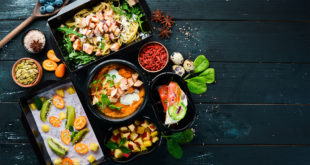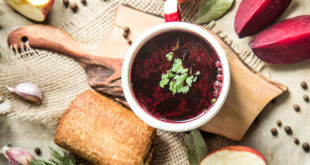Two things account for why ingredients might be expensive: demand and supply. It’s the rarity of an ingredient that often times dictate the perceived value of it (whether it tastes better or not is really up to the person). As a chef, it can be a real treat to work with these ingredients and really give them a forum to shine. However sometimes it’s not always feasible to work with your dream ingredients when you just want to keep the lights on in your restaurant.
So I’m here to help.
Below are three traditionally expensive ingredients and a simple swap that can help you achieve your dining dreams without breaking the bank (as much). No, it’s no the real thing…but I’ll try to get you close to it!
The ingredient: Saffron
The swap: ¼ tsp turmeric and ½ tsp paprika
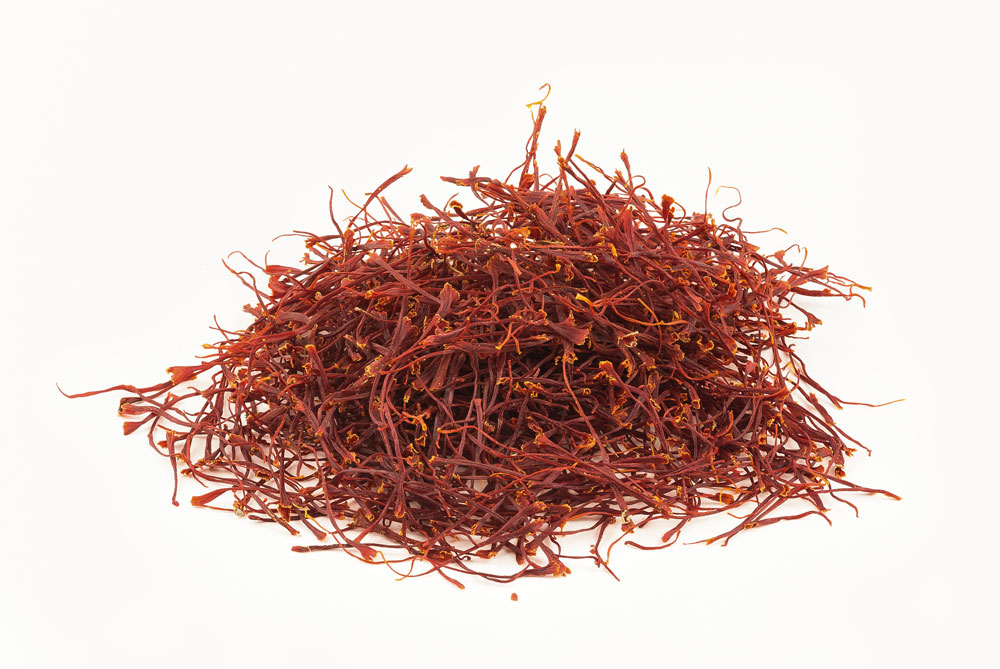
Known for giving dishes an iconic orange/gold hue, saffron is described as having a slightly floral and earthy flavor; and this prized spice comes with a high price tag. As one of the most expensive spices in the world, Saffron can vary from $500 to $5,000 per pound (wholesale). The reason? Saffron is the dried stigmas of the saffron crocus. Each flower has roughly three stigmas, which must be meticulously handpicked to maintain its integrity. But even with the labor aside, saffron crocuses are only in bloom for one to two weeks in the fall, and once dried it will lose up to 80% of its original weight. Ah, the rarity of an ingredient at work.
Enter two other well known spices, turmeric and paprika. Paprika gives you the earthy, peppery flavors, while turmeric compliments those flavors and imparts a bright yellow hue reminiscent of saffron. With Turmeric and paprika you can easily mimic the flavor and color of saffron without coughing up the change.
The ingredient: Morel mushrooms
The swap: Chanterelle mushrooms
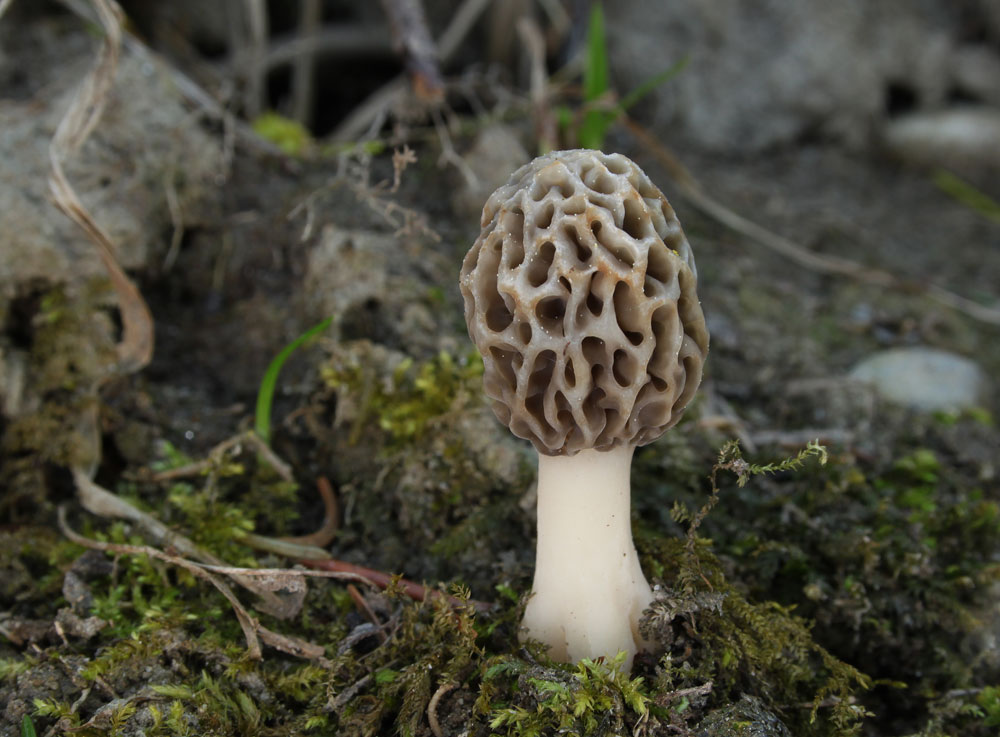
Morel mushrooms are recognizable by their honeycomb-like cap comprised of ridges and pits. Sought by chefs worldwide, morels have a nutty and spongy texture, which are known to absorb any sauce (and why some also refer to morels as the ‘sponge mushroom). Morels are particularly prized in French cuisine, sautéed in butter and paired with steaks. Because they’re more difficult to forage, you’re looking at a higher price point.
If you want to make an impact, but give your pocketbook a break, try utilizing Chanterelle mushrooms. These fleshy, wavy capped mushrooms are described as having a nutty flavor and an aroma of apricots or peaches. Meaty and chewy, these mushrooms hold their own in butter and cream sauces sauces and pair well with protein (if served with vegetables you might find its flavor is overpowered by the vegetable itself).
The ingredient: Vanilla Beans
The swap: A good vanilla extract
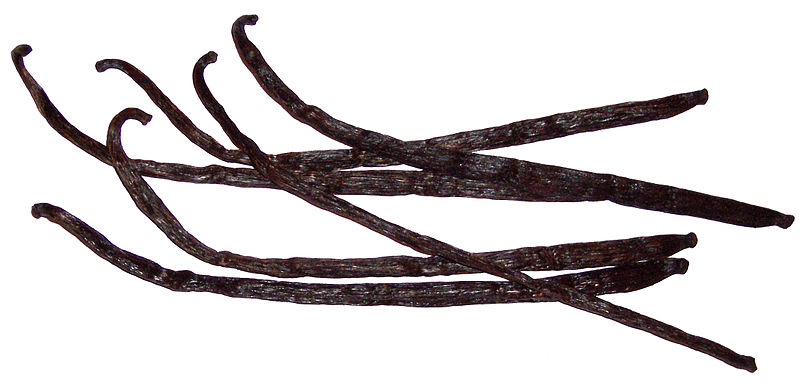
Vanilla beans are mostly prized for what’s inside: the seeds. Because these tiny black flakes impart such a strong vanilla flavor, they are highly sought after in desserts like ice cream, crème brulee and more; not to mention the fact that seeing the small black flakes in baked desserts showcases to customers that real vanilla beans were used (justifying your dessert’s higher price point).
But, like saffron, cultivating vanilla beans is also a labor-intensive process. That’s why the majority of bakers and cooks opt for vanilla extract, which is simply a concoction of macerated vanilla beans mixed with water and alcohol. Good vanilla extract should only contain 3 ingredients: vanilla bean extractives, water and alcohol. When you opt for the good stuff, there should be very little noticeable differences in your baked goods….with only those with the most sophisticated of palates being able to discern the difference. However, I caution you to read beyond the “Pure Vanilla Extract” label that may exist on your bottle. Some manufacturers add corn syrup to dilute their vanilla extract, giving the product a less-pronounced vanilla flavor and an almost “tinny” after taste.
 Corner Booth Blog | TundraFMP Restaurant Supply, News & Equipment Blog
Corner Booth Blog | TundraFMP Restaurant Supply, News & Equipment Blog

